Kidney – Yoga Therapy for kidney ailments.
Acknowledgement – School of Yoga is deeply grateful to late Dr. V. Sivaraman for his collaboration of Yoga Therapy for kidney ailments.
Introduction to the kidneys.
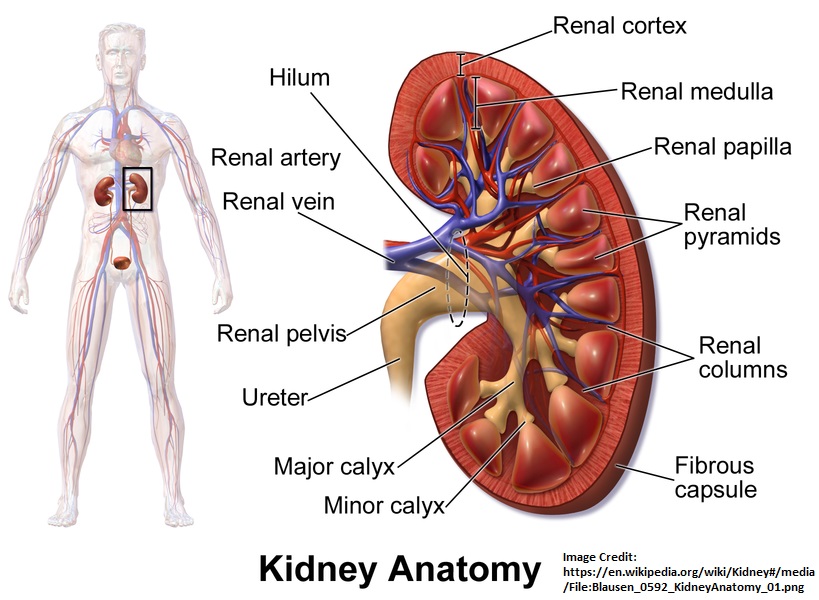
- Kidneys are part of the urinary or renal system and consist of the kidneys, ureter, urinary bladder and urethra.
- The urinary system performs excretion and regulation. In fact, the activity is centred on the kidneys, making it the centre of the urinary system.
- 22 % of the heart output or blood flow goes to the kidneys where waste from metabolism is removed and excreted as urine. This not only cleans the body, but also regulates its functioning.
So, this shows the importance of healthy kidneys.
How does the kidney function?
- The kidneys are 2 bean shaped organs which are placed on either side of the spine, high in the abdominal cavity, somewhere in the centre of the torso towards the back.
- The primary function of the kidneys is filtration of blood. The renal artery brings blood which has waste products, into the kidneys and the renal vein takes back cleaned blood.
- Cleaning of the blood is achieved by;
- Removal of waste / toxins, mainly urea and uric acid from the body.
- Regulation of electrolyte balance such as sodium, potassium and calcium.
- Regulation of acid-base homeostasis by regulating -HCO3.
- Osmoregulation – Controlling electrolyte balance, hence blood pressure.
The waste thus removed is excreted through the ureter into the bladder and urethra.
Physiology of the renal (kidney) system.
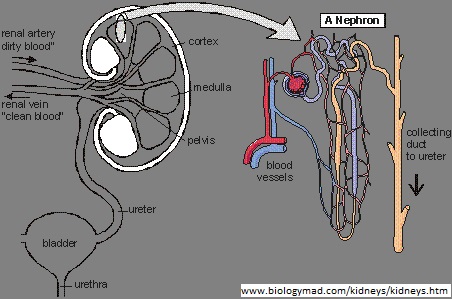
The kidneys come under the influence of the circulatory, nervous and endocrine system.
The parameters which affect the functioning of the kidneys are;
- Electrolyte balance – such as sodium, potassium and calcium. Calcium is a critical for building or remodelling of bones. Hence, the health of the parathyroid determines the health of the kidney. Control of calcium is done by the parathyroid which is situated in the neck around the oesophagus. This regulates the amount of calcium in the blood.
- Aldostrone hormone – is a steroid hormone generated by the adrenaline glands which regulate the amount of sodium and potassium and impact the amount of water retained in the arteries and therefore blood pressure. The adrenaline glands are situated above the kidneys.
- Waste management – the kidneys process approximately 1000 – 1200 ml of blood per minute, which means that the entire blood volume of the body is processed through the kidneys at least 250 – 300 times a day. In fact, humans have approximately 5 litres of blood circulating in the body. It is generally more in males than females. This volume is regulated by the kidneys and is generally impacted by age and obesity.
- Fluid balance – The amount of water in the blood determines various factors such as homeostasis, pH of the blood, electrolyte concentration etc. The kidneys are critical in ensuring this capability.
- Metabolism – The concentration of -HCO3 + sugar and urea levels are byproducts of metabolism. Hence, the kidneys cannot be viewed in isolation, but in conjunction with the health of the heart, lungs, pancreas and the endocrine system.
How does the health of the kidneys impact other organs?
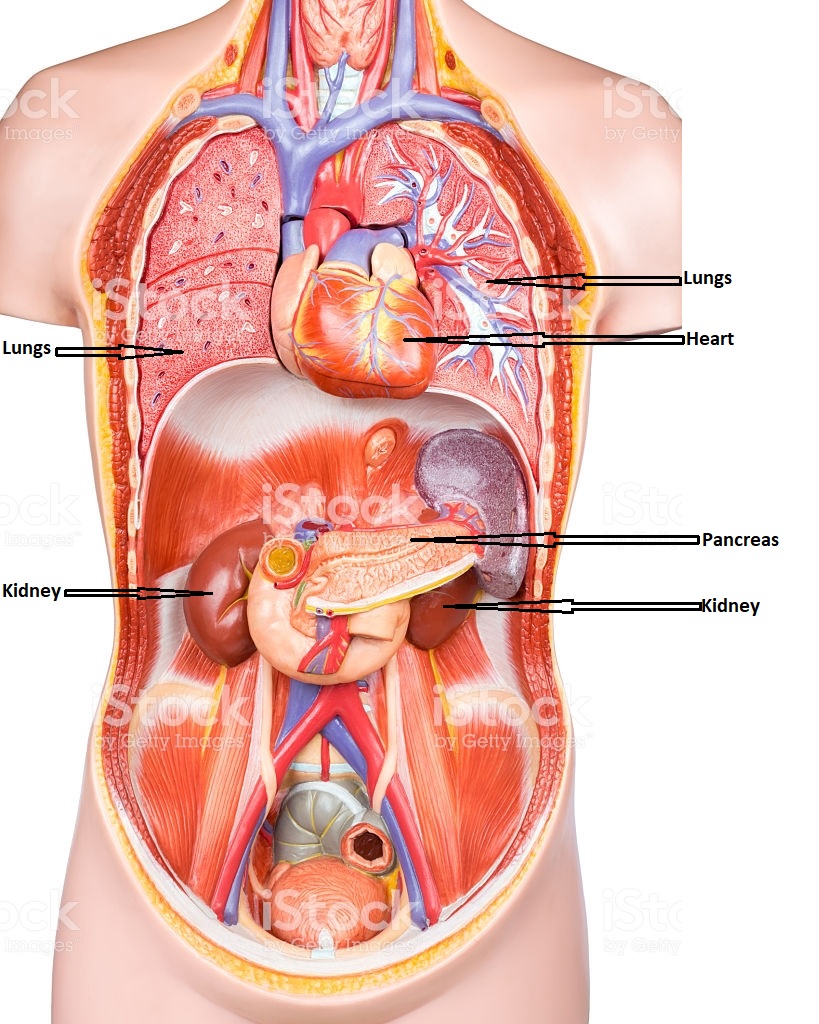
The kidneys are dependent on many other organs for health and vice versa. The quality of blood coming to the kidneys determines the ability of the kidneys to filter it. Similarly, the quality of blood leaving the kidneys determines the overall health of the other organs. Consequently, this determines the health of the body, underscoring the key role played by the kidney.
Some of the organs which directly affect the kidneys are (not all are covered):
- Heart – Blood is the only fluid which reaches every part of the body carrying oxygen and nutrients for proper functioning of the various systems of the body. Thus, blood pressure impacts the quality of cleaning. Therefore, chronic high blood pressure will impact osmosis and reduce the efficiency of the kidneys.
- Lung efficiency – CO2 and water vapour is removed from the body through the lungs. The CO2 in the blood plasma is converted to –HCO3, is regulated by the kidneys and critical for control of pH of the blood. So, healthy lungs help the kidneys maintain acid-base balance.
- Pancreas – The pancreas plays a critical role in regulating blood sugar. Chronic diabetes can damage the kidneys. Therefore, healthy kidneys require control of blood sugar.
What are the solutions to a healthy kidney?
Solution to any circulatory illness depends a lot on lifestyle, age and hereditary issues. So, the solutions are not necessarily in order of priority, but some or all may apply to the practitioner;
-
- Body weight – Keeping within the recommended weight range is possible only through strict diet and exercise regime. Consequenty, this automatically ensures a healthy heart, liver and pancreas.
- Vegetarian diet – Meats produce acids which need to be excreted by the kidneys. Also, vegetarian diet is more alkaline, and this reduces the load on the kidneys.
- Lung function – Pranayama is a very important element in overall plan. This ensures greater oxygen supply to the kidneys, ensuring their health.
- Hypertension – Even when the person follows a good diet, it is possible for hypertension to increase blood pressure to a point where it affects critical organs such as the kidneys (which receives 22% of all blood supply). Asana, pranayama and meditation play a key role in reducing stress, counteracting the effects of prolonged exposure to adrenaline and cortisol.
- Blood Sugar – Prolonged exposure to high sugar levels in the blood impact osmolarity. Hence, a healthy pancreas is critical for the functioning of the kidneys.
A suggested āsana plan for a healthy kidney.
- Beginner– 3 months – first, all āsana to be performed slowly and after OK from doctor.
- Intermediate – 3 months – next, all āsana to be performed only after improvement is detected and after OK from doctor. Estimated time – 30 mins
- Final – lastly, all āsana to be performed only after substantial improvement is detected and after OK from doctor. Estimated time – 45 mins
| Āsana (click on the āsana for detailed process) | Beginner | Intermediate | Final | |
| No | Time frame | 3 months | 3 months | thereafter |
| 1 | Padmāsana | 3 minutes | 3 minutes | 3 minutes |
| 2 | Tadāsana | 2 | 2 | 2 |
| 3 | Trikonāsana | 2 | 3 | 3 |
| 4 | Pādahastāsana | – | 2 | 2 |
| 5 | Vīrabhadrāsana | 2 | 2 | 2 |
| 6 | Bhujaṃgāsana | 2 | 3 | 3 |
| 7 | Śalabhāsana | – | – | 2 |
| 8 | Dhanurāsana | 2 | 2 | 3 |
| 9 | Majriāsana | 1 | 2 | 2 |
| 10 | Pavanamuktāsana | 2 | 2 | 2 |
| 11 | Arda-halāsana | 2 | 2 | 2 |
| 12 | Sundara-viparītakaraṇi | 5 minutes | 5 minutes | 10 minutes |
| 13 | Sarvāngāsana | – | – | 5 minutes |
| 14 | Matsyāsana | – | – | 1 x 10 counts |
| 15 | Sethubandhāsana | 1 x 20 counts | 1 x 30 counts | 1 x 50 counts |
| 16 | Nāḍī-śuddhi prāṇāyāma | 5 x 2 cycles | 5 x 2 cycles | 5 x 2 cycles |
| 17 | Kapālabhātī | 20 x 2 cycles | 40 x 2 cycles | 50 x 2 cycles |
| 18 | Śavāsana | 5 minutes | 5 minutes | 5 minutes |
| 19 | Meditation – dhyāna (sit in silence and focus on the breath) | 10 minutes | 10 minutes | 10 minutes |
Share your opinion and experiences.
- Do you drink enough water every day?
- Is your weight under control?
- Do you exercise? What is your exercise routine?
- When do you prefer to exercise? morning or evening? why?
- Do you exercise alone or in a group? What are the advantages and disadvantages?
- How many hours of sleep do you get every day>
- What is your diet? How do you manage your diet?
- How do you manage time?
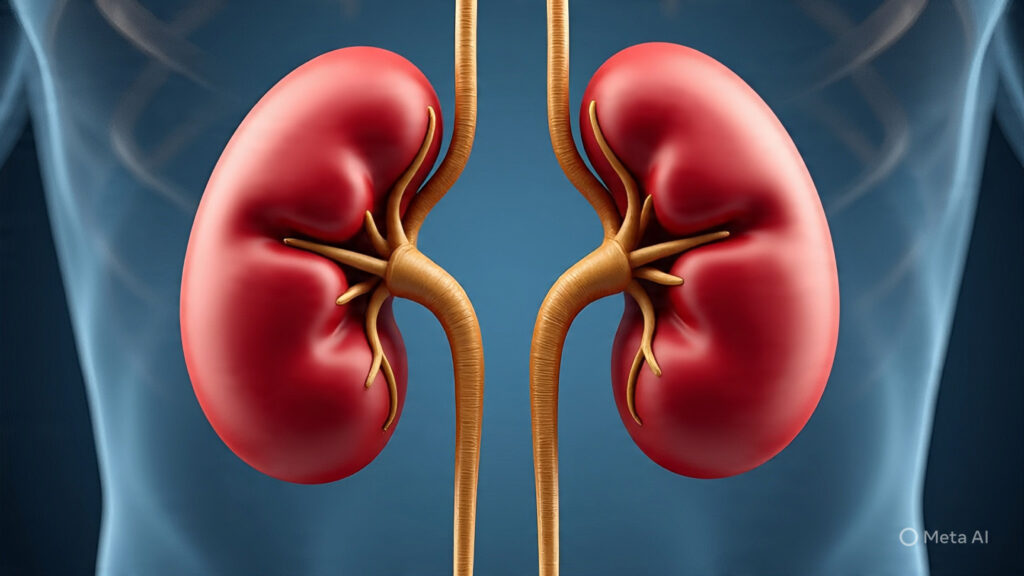
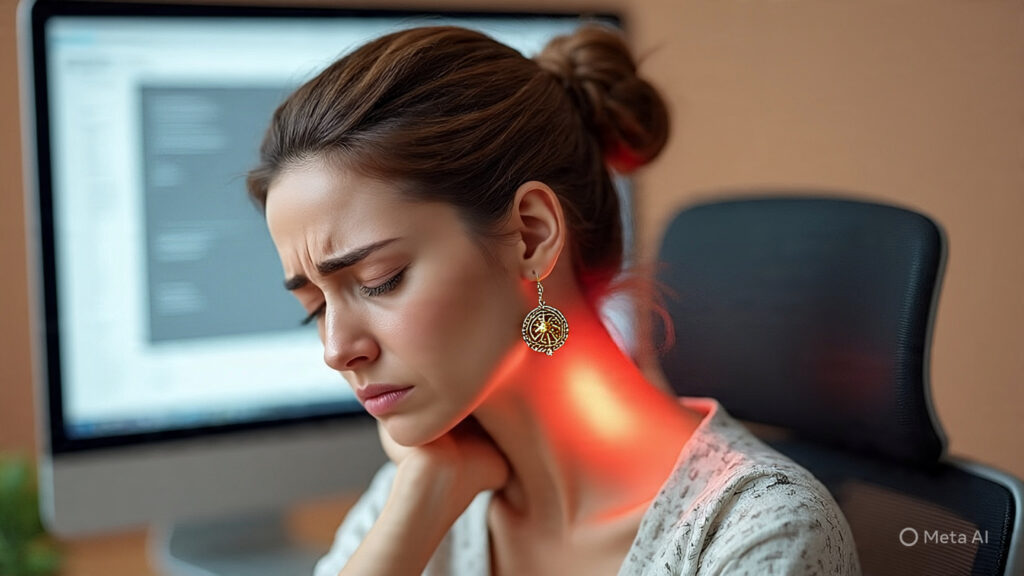
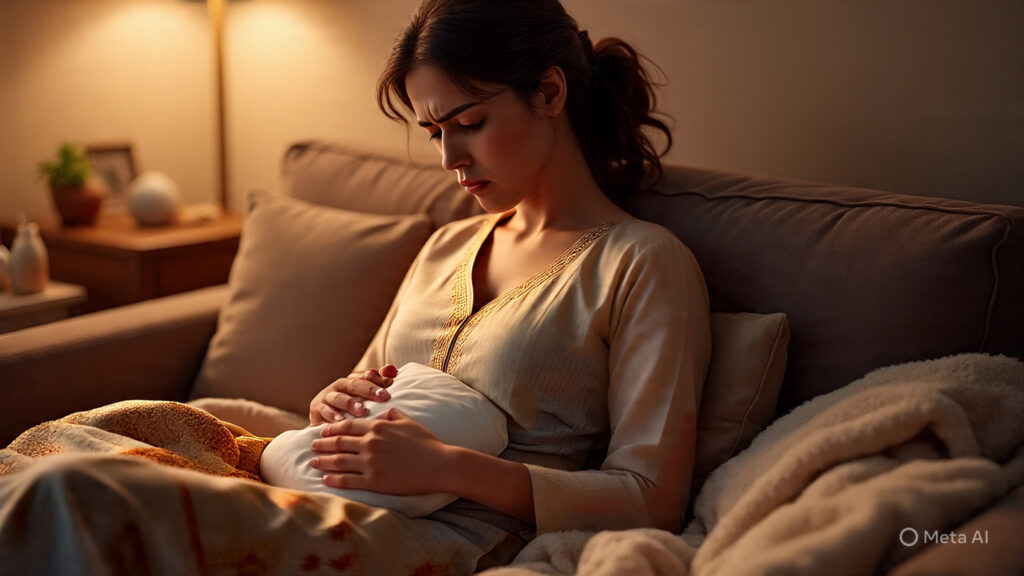
Hi, i foud http://schoolofyoga.in very useful.
The Kidney – Yoga Therapy of a critical organ page it is well written and has helped me a lot.
I and my friends Harvey and VanceIsenbe used the best product to lose weight and
to be fit in summer. Now we have forgotten the ungainly fat and we are glad of our
weight. Now I feel beautiful and attractive.I am
so happy!!! 🙂 If you are interested for yourself, enter: https://s96.me/fit .
Kiss you All!
REFERENCES PLEASE….
The physiology part is basic science which is available in any text book.
The Therapy part is based on the work of my grandfather (Yogacharya Sundaram) and uncles (Suryanarayanan and Sunderraman). My grandfather wrote the world’s first book on yoga therapy, called “Yogic Therapy”.
For more on my family, please check out https://schoolofyoga.in/school-classical-yoga-about